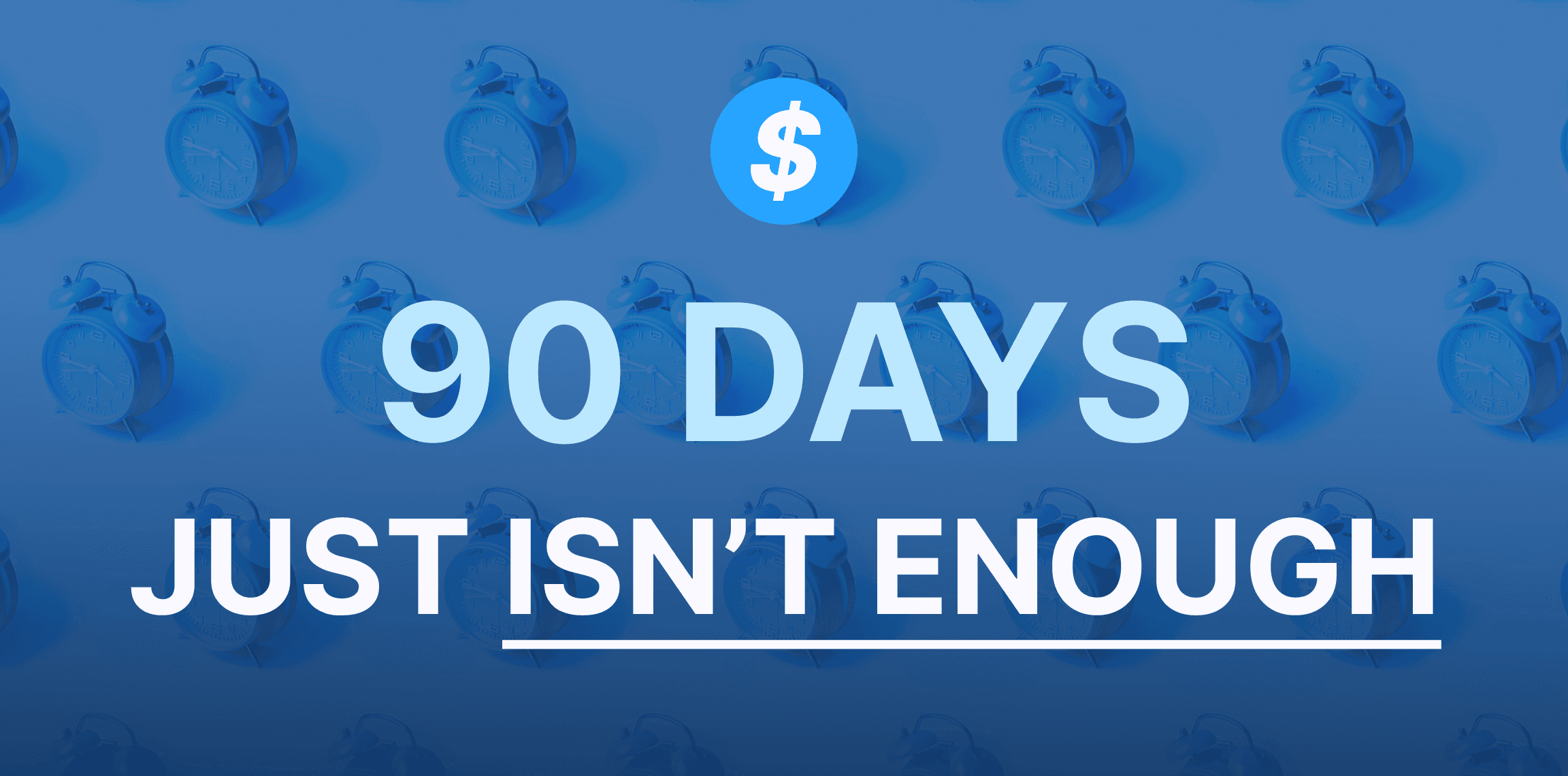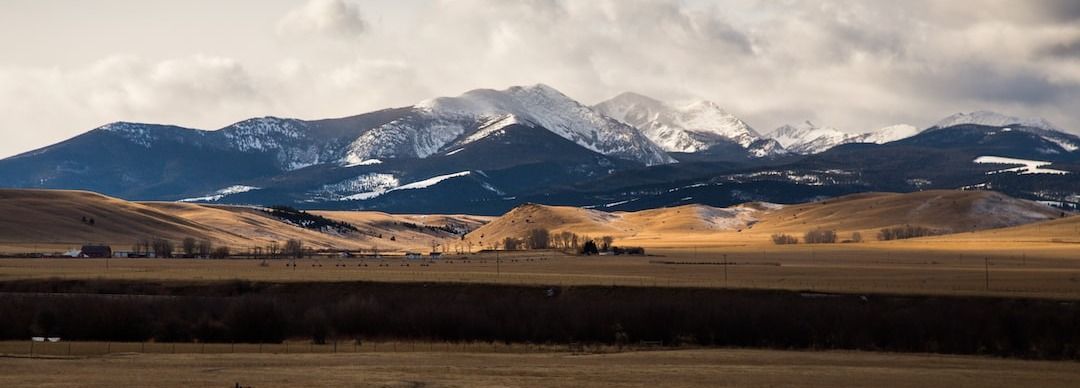Think you can complete your BEAD application in 90 days? Think again.
January 18, 2024
If you're waiting for your state's application, you'll be too late.

State broadband offices are beginning to prepare in earnest for the challenge process under the Broadband Equity, Access and Deployment program. Now that guidance for the process has been provided by the federal government, states are now seeking to iron out the complexities of this process.
As they do so, these state broadband offices should be aware of the opportunity to conduct an “area challenge” of service provider availability.
Under the National Telecommunications and Information Administration’s model challenge process – published on June 28, 2023, as a template for states – if six or more locations in a census block group allege the same technology from the same provider is not available or slower than state data indicates, an “area challenge” is initiated. This designates the entire block group as challenged.
Normally, the challenger must provide evidence that their service is not available or worse than advertised in order to successfully change their location’s status in the state’s data. But under area challenges – for those states that make use of it – once the challenger provides sufficient evidence, the burden of proof switches to the provider, who must prove that it provides the reported service to the entire census block group.
The NTIA made clear in its June 28 guidance that challenges will be accepted from permissible challengers, which is limited to units of local and tribal government, nonprofit organizations and broadband service providers, to the state through a state-maintained online portal. The guidance includes the “BEAD Challenge Process Policy Notice” as well as the “BEAD Model Challenge Process”
Those challenges that meet a minimum level of evidence must be rebutted within the rebuttal period or they will be considered sustained.
The NTIA guidance provides a list of allowable challenges, which include identification of community anchor institutions, location eligibility determination, planned service, and enforceable commitments.
Additionally, states must detail an approach that “ensures that sufficient opportunity and time is given to all relevant parties to initiate, rebut, and substantiate challenges.” They must also ensure their challenge process is transparent and detail in their plans to, at a minimum, publicly post documentation explaining the challenge process, publicly post all submitted challenges and rebuttals, and host a public-facing website featuring all the documentation.
States are required to use the national broadband map as a starting point to identify all eligible locations within the state prior to conducting the challenge process. They may modify locations to reflect data not present in the national broadband map upon NTIA approval. They will not be allowed to add or remove broadband serviceable locations or change the definitions of unserved and underserved from those set in the national broadband map.
In April, the NTIA released a proposed BEAD Challenge Process Model which outlined similar guidance with a shorter challenge process window of 90 days. The new guidance provides more detail into the requirements under each step of the challenge process.
In particular, among the changes to the April guidance are that states “may rely on CAIs to identify their unmet broadband need. Where SBO capacity is limited, Eligible Entities should focus their efforts on enumerating those CAIs that are currently not served by gigabit broadband.” Additionally, the NTIA added this line: “If a provider claims gigabit service availability for a [community anchor institution] or a unit of local government disputes the CAI status of a location, the CAI may rebut” the challenge.
Additionally, the NTIA makes clear that individual broadband users may be able to “submit challenges through their unit of local government or a nonprofit, preferably via a web portal. This unit of local government or nonprofit will then upload the challenges to the state challenge portal, which in turn notifies the broadband provider of the challenge.”
Challenge processes must be completed within 120 days of commencement and allow challenges and rebuttals to be submitted for a minimum of 14 days.
Upon completion of the challenge process, states must submit to NTIA for review the proposed final classifications of each unserved, underserved, and community anchor institution location.
Federal Communications Commission’s “Fabric”
The NTIA relies upon the FCC’s National Broadband Map for the allocation of $42.5 billion in federal funds for expanding broadband infrastructure from the Broadband Equity, Access and Deployment Program. The money is being distributed to states based on the coverage available to their residents as recorded in the second version of the FCC map.
For states looking to allocate their BEAD funds, a challenge process of their own is not only beneficial, but required by the NTIA.
Challenges submitted to states will be used to create state-specific maps which each will use to plan BEAD projects. States have until December 27, 2023, to submit the first volume of their initial proposals, which must detail this challenge process.
States have the opportunity to create their own challenge processes
States can create their own process from scratch or adopt the NTIA’s model challenge process. Several states have already released their volume one proposals.
The area challenge mentioned above is an optional provision in the NTIA’s process that could significantly ease the burden on consumers and states looking to create the most accurate possible broadband maps.
Under normal challenge rules, the challenger must provide proof that their service is different – usually worse – than state data suggests. This can involve a number of things, depending on what specifically is being challenged. For example, the service availability, speed, latency, and technology offered at a location, among other things, can all be challenged.
A challenger might have to submit screenshots of denied service requests, speed tests, excerpts of their service agreements – again, among other things – to back up their claim. But even if that evidence is enough to uphold the challenge, it only changes the designation of their specific location.
But what if an entire swathe of land is incorrectly categorized? By the typical challenge rules, everyone in that area would have to submit their own challenges and prove they were getting worse service than state records show.
That’s where the area challenge comes in. As the NTIA notes in the BEAD Challenge Process Policy Notice, “If the challenger determines that an area served by a provider within a census block group should be reclassified as unserved or underserved in step (1), the Eligible Entity may issue an area challenge (i.e., may declare all locations by that provider within the area to be similarly unserved or underserved). All locations in that area enter the “challenged” state. Providers may rebut area challenges for some or all locations within the area.
In the “BEAD Model Challenge Process,” the NTIA elucidates that “the broadband office will administer area … challenges…. An area challenge reverses the burden of proof for availability, speed, latency, data caps and technology if a defined number of challenges for a particular category, across all challengers, have been submitted for a provider. Thus, the provider receiving an area challenge… must demonstrate that they are indeed meeting the availability, speed, latency, data cap and technology requirement, respectively, for all (served) locations within the area or all units within an MDU.”
This area challenge is optional and states are not required to use it. But for states that do implement the area challenge, it gives states the opportunity to reverse this burden of proof from the challenger to the internet service provider.
Under the area challenge rule, if six locations in a census block group submit the same kind of challenge to the same technology from the same provider – six locations challenge DSL speed from one provider, for example, then the provider must prove that they serve the entire census block group as recorded in state data.
This would prevent states and communities from having to crowdsource hundreds of challenges in a block group and reverses the burden of proof onto providers, who have the infrastructure to provide network diagrams and conduct performance tests across large areas with network management systems.
The Challenge Process Coordinator
One important tool in managing the challenge process is Ready.net’s Challenge Process Coordinator, which sets the evidentiary standard for NTIA-acceptable and customizable data collection. The Challenge Process Coordinator is customizable for every challenge type, and only allows permissible challengers to create an account and submit challenges.
Further, the CPC contains features that enable challengers to submit high quality challenges that meet the NTIA's standard and are easy to adjudicate automatically. This is because the data is not only completely customizable (and deduplicated), but also because gating is automatically applied to only permit locations that are appropriate for the challenge. For example, if provider A's cable is challenged, only locations receiving provider A's cable can be selected for that challenge - not provider B's cable or provider A's fiber.
Additionally, the Challenge Process Coordinator breaks down the language into a series of simple questions that easily break down the complex guidance for challengers. This enables them to submit evidence that meets the challenge’s needs without any confusion. The tool also allows for integrated messaging, allowing the state broadband office to meet the messaging requirements for notifying providers when challenged.
After the challenge window closes, the data is automatically extracted in the NTIA defined format to submit for final approval. This takes away an otherwise tedious process for the state broadband office. Upon approval from the NTIA, changes are automatically populated to the internal and public facing maps through the synchronized maps deployed for the office.

January 18, 2024
If you're waiting for your state's application, you'll be too late.

January 09, 2024
The big sky state joins a small list of eligible entities that have kicked off their broadband challenge process.